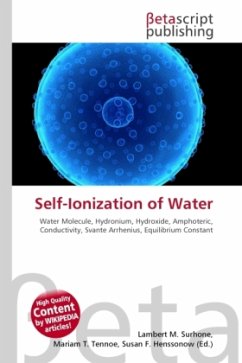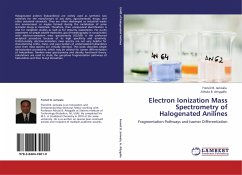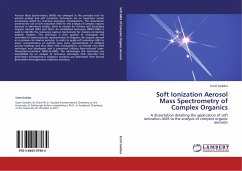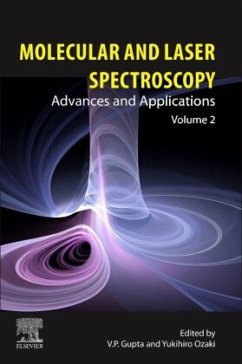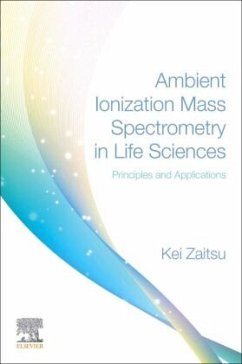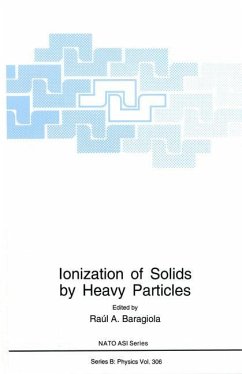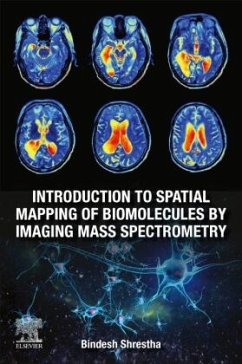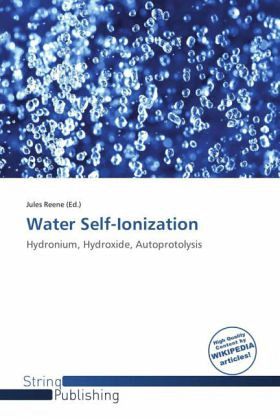
Water Self-Ionization
Hydronium, Hydroxide, Autoprotolysis
Herausgegeben: Reene, Jules
Versandkostenfrei!
Versandfertig in 6-10 Tagen
23,99 €
inkl. MwSt.

PAYBACK Punkte
12 °P sammeln!
The self-ionization of water (also autoionization of water, and autodissociation of water) is the chemical reaction in which a proton is transferred from one water molecule to another, in pure water or an aqueous solution, to create the two ions, hydronium, H3O+ and hydroxide, OH . It is an example of autoprotolysis, and exemplifies the amphoteric nature of water.Chemically pure water has an electrical conductivity of 0.055 µS·cm 1. According to the theories of Svante Arrhenius, this must be due to the presence of ions.



